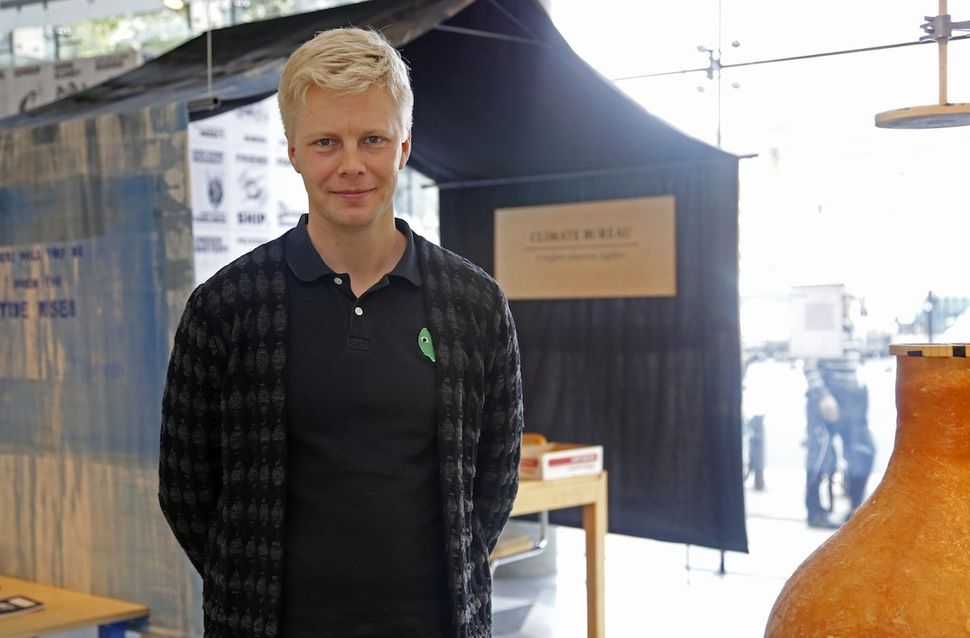
Ruza Leko, Science Gallery Dublin Mobius is a fellowship programme organised by the Finnish Institute in London and the Finnish Cultural Institute in New York that enables mobility for visual arts, museum and archives professionals. In the Institute’s new series of interviews the fellows compare the different circumstances and practices between their sending and receiving cities.
Finnish Science Centre Heureka’s Development Manager Tuomas Olkku is spending three months in Science Gallery in Dublin.
I have worked at Heureka for seven years and Mobius offered me an interesting chance to get new insights into my work. The programme is well planned, 2–3 months is long enough to get familiar with the new organisation. We also have a development project at Heureka that the mobility programme supports very well. So this trip benefits the employer too.
I wanted to go to Dublin because I knew Science Gallery is an innovative operator in our field. That image has only strengthened. Of course I also want to develop my professional skills and gain new ideas. I don’t expect the exchange period to bring a completely new and mind-blowing way of operating but surely it will bring new ways of thinking and useful networks.
Heureka is a forerunner in many things including exhibitions and partnerships. Creativeness and innovative ways of doing things are important values for us. However, the organisation is 25 years old and during these years many settled practices have formed and may not always be questioned. That’s why it is a good thing to see different ways of working.
People at the Science Gallery are quite young and the atmosphere is creative and enthusiastic. Science Gallery has succeeded to blur the lines between art and sciences in their content in a positive way, which is a very current topic at the moment. I am convinced that Science Gallery will have some very interesting openings in that field.
Science Gallery’s main target group is 15–25 year olds, which I’m sure, would be a challenging group for any business. My first impression is that they have found very good ways to reach that audience. The exhibitions are built to the age group, and the events supporting the exhibitions present the science content in a way that interests the target group.
Heureka is also interested in young adults as a target group and I’m sure I can learn ways to reach this group here. Science Gallery works in a very contemporary way by not doing everything itself but working in collaboration with many different individuals and organisations. They have understood well what kind of events and collaboration are wise for the Science Gallery to take part in so they can advance their mission and build the right kind of visibility and profile.
So far I have mainly brought my own point of view to the collaboration between our business partners and supported activities here. Basically the way of operating is not that different, but as an outsider I can absorb influences and also ask ‘stupid’ questions that can lead to seeing things in a completely new way.
From the time I have left here, I definitely expect to work hard and get my hands dirty! The team is small and efficient so I have gotten involved in the current projects right from the start. I have also planned visits to Belfast and London from a Science Centre point of view.
Mobility is important for visual arts, museum and archives professionals because in different forms it helps to develop individuals own expertise and also brings new ways of doing and thinking to the Finnish cultural field. Working side by side creates deeper personal relationships and helps to see the inside of the birth processes of great things. After the exchange period I will have a group of colleagues here who I know well and it will be easy to work together and collaborate in projects in the future too.
